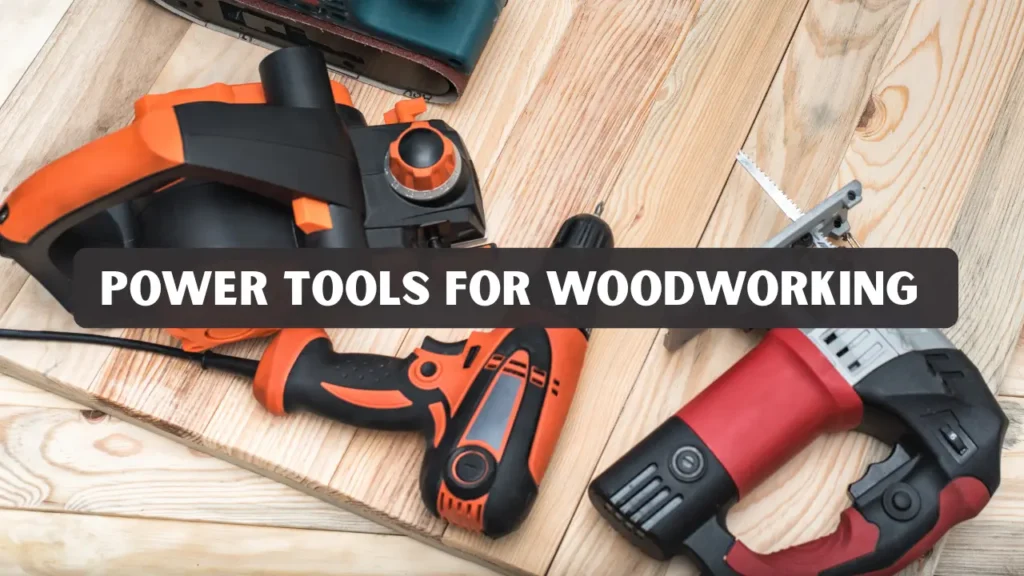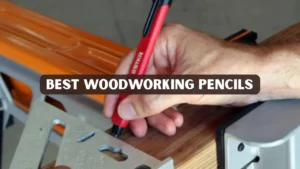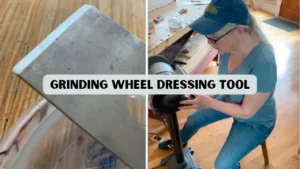Key Takeaways
- Investing in the right power tools for woodworking helps improve accuracy, speed, and the overall quality of your projects.
- Knowing the function of each tool builds confidence and helps you choose the right one for your workshop.
- From cutting to finishing, power tools make woodworking projects smoother and more enjoyable.
- A well-maintained tool collection ensures consistent performance and safety over time.
- With practice and patience, anyone can master woodworking using reliable tools.
What Makes Power Tools Essential for Woodworking
Woodworking has evolved from manual craftsmanship to precision-driven, power-assisted artistry. Whether you are a beginner or an experienced woodworker, modern power tools simplify tasks, increase accuracy, and save time. They allow for smoother finishes, cleaner cuts, and faster production compared to hand tools. Using power tools effectively can elevate the quality of any project.
If you enjoy building cabinets, shelves, or decorative pieces, investing in the right power tools for woodworking transforms your experience and results. These tools make the process more efficient and enjoyable. They also let you focus on creativity and intricate design. With the right setup, even complex projects become manageable and rewarding.
Must-Have Power Tools for Woodworking
1. Circular Saw
2. Jigsaw
3. Table Saw
4. Miter Saw
5. Power Drill
6. Random Orbital Sander
7. Router
A router helps add decorative edges, grooves, and joints. It’s one of the most creative power tools for woodworking, enhancing both aesthetics and strength while allowing you to customize designs with precision and artistic detail.
8. Planer
A planer ensures consistent thickness across boards, especially when reusing reclaimed or uneven lumber. It’s a key tool for preparing wood before assembly, helping achieve smooth, uniform surfaces that fit together perfectly in any project.
9. Bandsaw
The bandsaw excels at cutting curves and resawing lumber. Its thin blade allows detailed shaping without losing precision, making it a favorite for crafting intricate designs, curved furniture parts, and custom wood patterns.
10. Drill Press
Offering stability and accuracy, the drill press is perfect for straight, repeatable holes in furniture or joinery work. Its adjustable depth settings and sturdy base allow for consistent drilling, making it ideal for detailed woodworking and precision assembly.
11. Belt Sander
12. Oscillating Multi-Tool
13. Power Joiner
14. Shop Vacuum
15. Power Lathe
A power lathe is used for shaping wood by rotating it against cutting tools. It’s perfect for creating symmetrical objects like chair legs, bowls, or handles. Many woodworkers consider it the ultimate creative machine because it allows detailed craftsmanship and artistic freedom.
Choosing the Right Power Tools
Selecting the best tools depends on your space, skill level, and project goals. Beginners can start with a drill, circular saw, and sander, while more advanced woodworkers might invest in a table saw, router, and planer.
Tips for Choosing:
- Buy only what you need for current projects. Focus on essential tools first to avoid clutter and unnecessary expenses. This helps you invest wisely and gradually expand your collection as skills grow.
- Choose tools with good warranties and safety features. Reliable warranties protect your investment and give peace of mind. Safety features reduce the risk of accidents, especially for beginners.
- Test ergonomics to ensure comfort during long sessions. Comfortable tools prevent strain and fatigue while working on detailed projects. Ergonomic designs also improve control and precision.
- Avoid the cheapest options; quality tools last longer and perform better. Investing in durable tools saves money over time by reducing replacements. High-quality tools also produce cleaner, more professional results.
Real-Life Case Study:
- DIY enthusiast Sarah built a custom wooden coffee table using various power tools, from cutting and sanding to shaping legs with a power lathe. Her project proved how the right tools can help beginners achieve professional-quality results with creativity and precision.
- Woodworker James upgraded his small workshop with essential power tools for woodworking, including a table saw, router, and belt sander. Using these tools, he crafted a set of oak kitchen shelves with smooth finishes and precise joints, showing how power tools boost both efficiency and craftsmanship in home projects.
Maintenance and Safety Tips
Proper care ensures tool longevity, accuracy, and safe operation essential habits for every responsible woodworker.
Building Confidence as a DIY Woodworker
Conclusion
Woodworking blends creativity, skill, and technical precision. Having the right power tools for woodworking gives you control over quality, design, and finish. From the simple drill to the advanced power lathe, each tool plays a vital role. They help transform raw material into functional and beautiful masterpieces.
By investing in reliable equipment, maintaining it properly, and practicing safety, you’ll continue to improve your craftsmanship. Using tools correctly ensures consistent results and reduces mistakes. Over time, this approach allows you to build lasting, professional-quality projects. Power tools don’t just save time, they enhance creativity and make woodworking rewarding.
FAQs
1. What are the best power tools for beginners?
Start with a circular saw, drill, and orbital sander. These cover basic cutting, drilling, and finishing for most small projects.
2. Is a power lathe difficult to use?
Not at all. With basic safety knowledge and steady hands, even beginners can use a lathe to create turned pieces like handles, bowls, or legs.
3. Can I use the same power tools for both softwood and hardwood?
Yes, but use the correct blade or bit type. Hardwoods require sharper and stronger materials to maintain precision.
4. How often should I maintain my tools?
Clean after every session, inspect weekly, and sharpen or replace blades monthly depending on usage.
5. Are power tools expensive for hobbyists?
Some are, but many brands offer affordable, durable tools for DIY enthusiasts. Start with essential ones and upgrade gradually.




